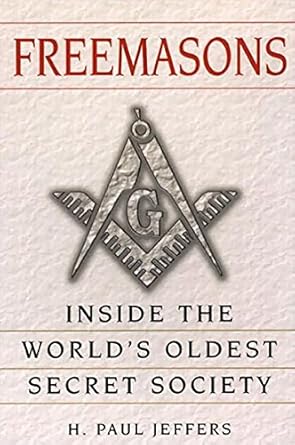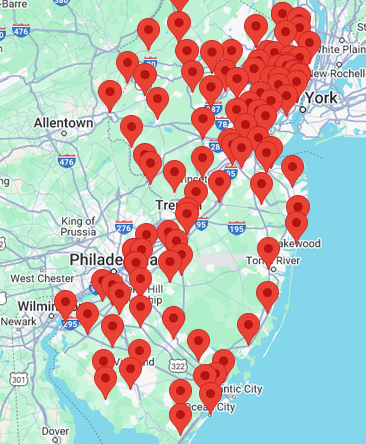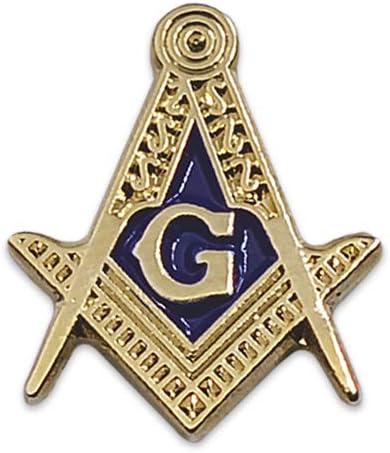
Spend some quality time with one of these books, Brother!

Founded in London in 1717 as a way of binding men in fellowship, Freemasonry proved so addictive that within two decades it had spread across the globe. Masonic influence became pervasive. Under George Washington, the Craft became a creed for the new American nation. Masonic networks held the British empire together. Under Napoleon, the Craft became a tool of authoritarianism and then a cover for revolutionary conspiracy. Both the Mormon Church and the Sicilian mafia owe their origins to Freemasonry.

Its mysterious symbols and rituals had been used in secret for centuries before Freemasonry revealed itself in London in 1717. Once known, Freemasonry spread throughout the world and attracted kings, emperors, and statesmen to take its sacred oaths. It also attracted great revolutionaries such as George Washington and Sam Houston in America, Juarez in Mexico, Garibaldi in Italy, and Bolivar in South America. It was outlawed over the centuries by Hitler, Mussolini, and the Ayatollah Khomeini. But where had this powerful organization come from? What was it doing in those secret centuries before it rose from underground more than 270 years ago? And why was Freemasonry attacked with such intense hatred by the Roman Catholic church?

In Freemasons, H. Paul Jeffers delves into Masonic history to reveal the surprising and controversial truths behind this ancient and secretive order, from its mystery-shrouded origins in medieval Europe through its rise in America, where Benjamin Franklin founded the first lodge. Today, some four to five million Freemasons worldwide pledge to live their lives in accordance with principles of morality, charity and loyalty–both to fellow Masons and to the order itself. But what exactly does Freemasonry entail, and what happens behind the lodges’ closed doors?






